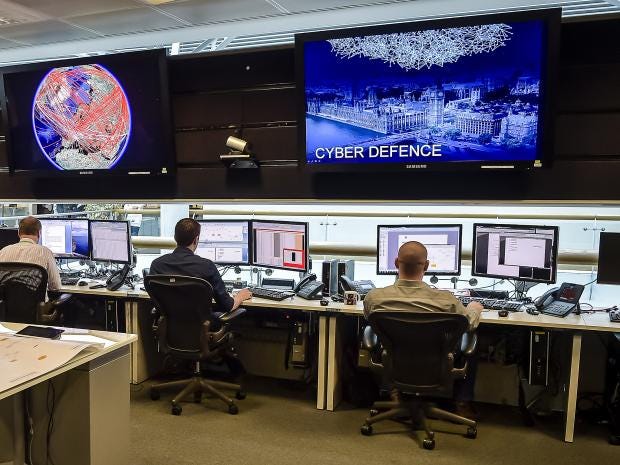Source Link
By Brenton Ramsey
Chinese leaders have characterized modernization of the People’s Liberation Army (PLA) as essential to achieving great power status and what Chinese President Xi Jinping calls the “China Dream” of national rejuvenation. They portray a strong military as critical to advancing Chinese interests, preventing other countries from taking steps that would damage those interests, and ensuring that China can defend itself and its sovereignty claims."[1] Accordingly, China is investing heavily in modernizing its military including the PLA(N), China’s Navy, the Coast Guard, and the Maritime Militia. China’s “little blue men,”[2] the Maritime Militia functions as a 3rd naval force to carry out a national policy to dominate the region at sea. Yes, China has three overlapping and complementary navies. China’s recent behavior is to promote its national interest by intimidating everyone in the region including the U. S.
The U. S. Navy’s presence in East Asia has a long history dating back to the early 1800’s. This presence is essential for promoting national strategic policy, assisting allies to whom we have treaty obligations, and most importantly protecting freedom of the seas for ourselves including vital international commerce. Trillions of dollars of the world’s commerce transit the waters of the western Pacific including the East and South China Seas, waters whose control is now hotly contested. The region also boasts massive oil and gas reserves. Competition to gain control over and exploit those precious resources has heated up in recent years and created an explosive and contentious situation. As the economic powerhouse of Asia, China seeks to rule the roost dictating terms in the region, many times flouting international law, and behaving contrary to accepted norms of civilized behavior. To counter the malign influences of China, a robust U. S. Navy presence in the region is an absolute necessity.



